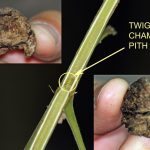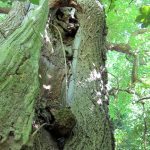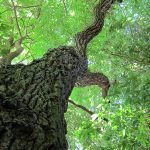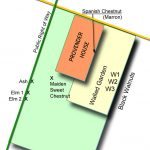| Survey data | |
|---|---|
| Surveyed by: Nigel Heriz-Smith | Surveyed on: 4th September 2012 |
| Number of trees: 3 | |
| Tree form: Maiden | |
| Dead or alive: Alive | |
| Access: Private - not visible from public access (permission required to view) | |
These trees' story
Reported as introductions at the same time as the Marron Sweet Chestnut nearer the house (see id 516). For many years thought to be hickories (also a member of the Juglans family and easily confused) but are now identified as ageing Black Walnuts (Juglans nigra – named in May 1753, in Virginia, USA). Reputed planting by Sir Joseph Banks who, in March 1779, married Dorothea, daughter of William Western Hugesson, Esq., of Provender, Kent. Elected to the Royal Society in 1766. In 1768, he joined Captain James Cookes first expedition to circumnavigate the world on HM Bark Endeavour exploring the South Pacific Ocean. Banks also sent botanists to all parts of the known world, often at his own expense including supporting the breadfruit voyages of William Bligh (of Mutiny on the Bounty fame). The owner was told as a child that the tree fruit/nuts were toxic; however, the Black Walnut is known for producing Juglone in its root system, a plant toxin to inhibit competition from other broad-leafed trees.
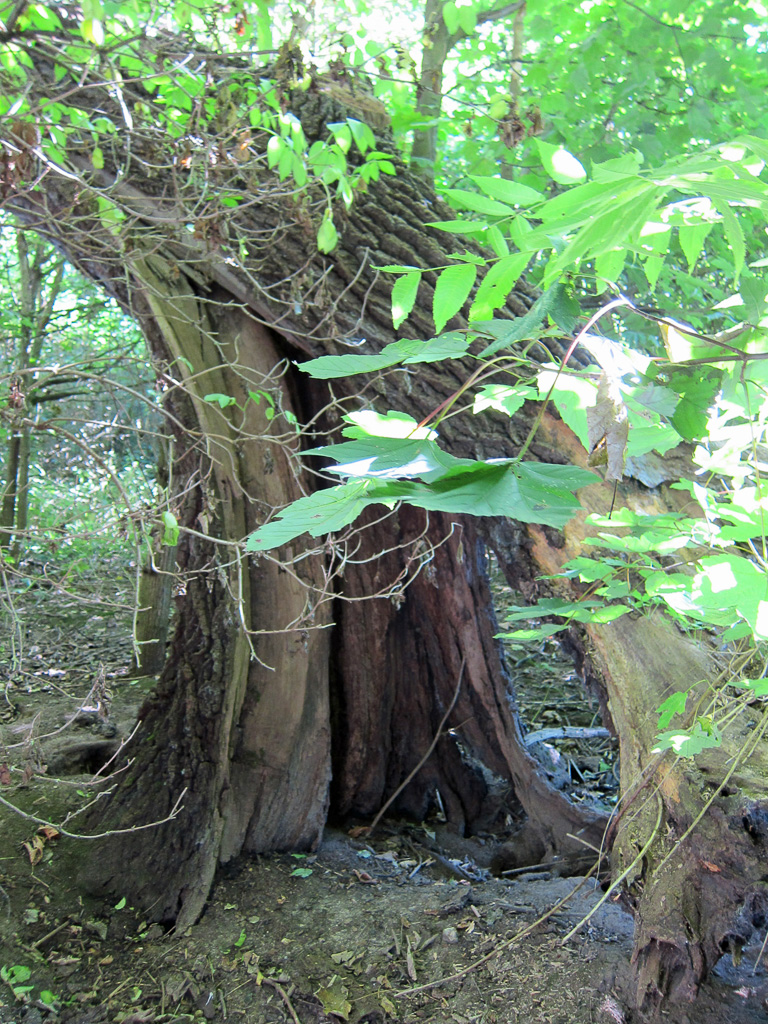
Growing on the tree
- Lichen
- Fungi
Signs of animal life
- Insect boring
- Bird nesting
- Bat roost or potential bat roost
Additional comments
Reported as introductions at the same time as the Marron Sweet Chestnut nearer the house (see id 516). For many years thought to be hickories (also a member of the Juglans family and easily confused) but are now identified as ageing Black Walnuts (Juglans nigra – named in May 1753, in Virginia, USA). Reputed planting by Sir Joseph Banks who, in March 1779, married Dorothea, daughter of William Western Hugesson, Esq., of Provender, Kent. Elected to the Royal Society in 1766. In 1768, he joined Captain James Cookes first expedition to circumnavigate the world on HM Bark Endeavour exploring the South Pacific Ocean. Banks also sent botanists to all parts of the known world, often at his own expense including supporting the breadfruit voyages of William Bligh (of Mutiny on the Bounty fame). The owner was told as a child that the tree fruit/nuts were toxic; however, the Black Walnut is known for producing Juglone in its root system, a plant toxin to inhibit competition from other broad-leafed trees.
